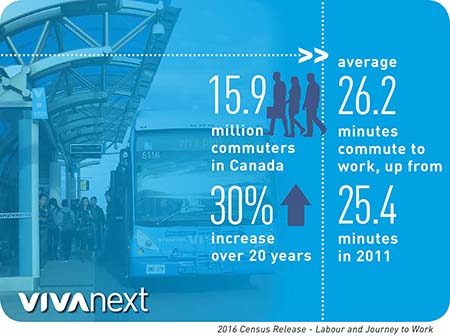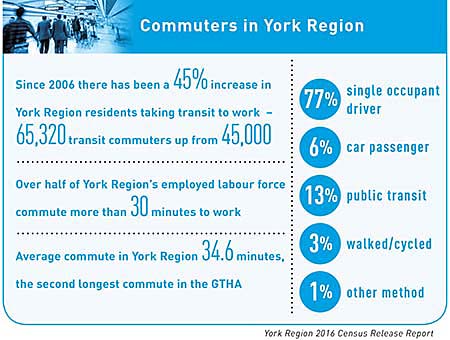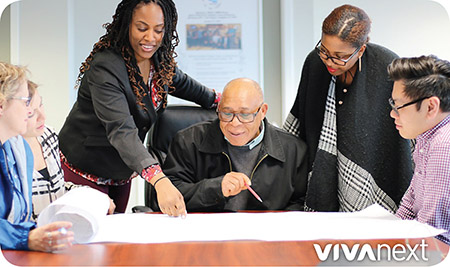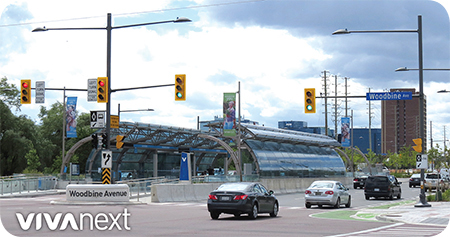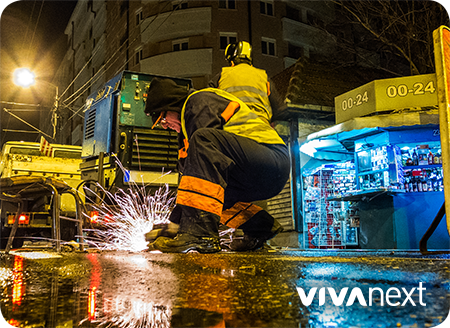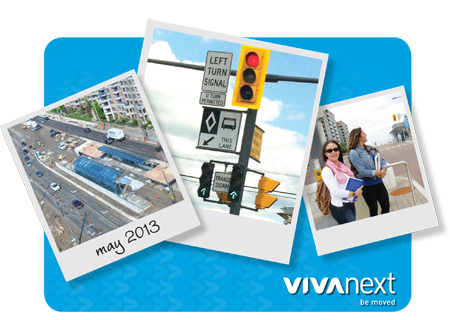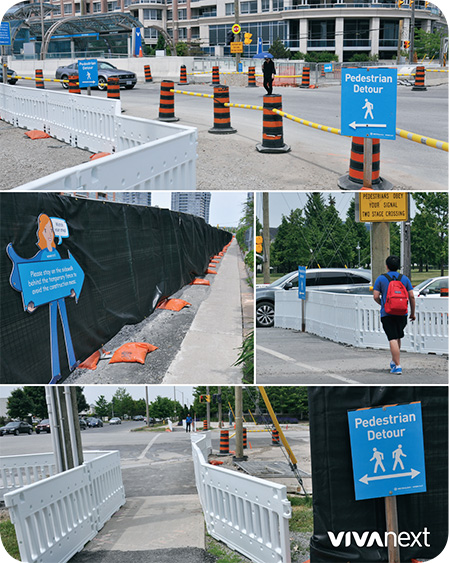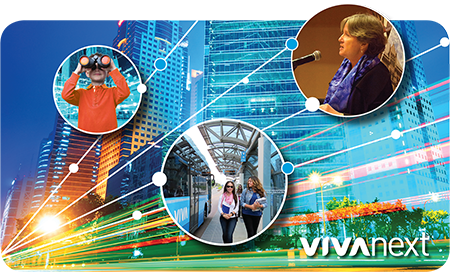
Earlier this month we were excited to be part of the Municipalities of the Future Symposium, hosted in Vaughan by York University. President of York Region Rapid Transit Corp. [YRRTC], Mary-Frances Turner, gave the keynote presentation, talking about trends and future innovation.
megatrends
Mary-Frances’ presentation highlighted a video by HP that talked about keeping up in this ever-changing world, by planning around these “megatrends”:
- Rapid urbanization – larger cities, more cities
- Changing demographics – aging population and lower birthrate, shrinking workforce
- Hyper global and hyper local – everything connected to the internet, but customization is key
- Accelerated innovation – market for new ideas and innovative business models, businesses reinventing themselves
future innovation >> smart growth
Looking at the state of the GTA, and global examples of transportation innovation, Mary-Frances talked about the need for “smart growth” in our cities and towns. In York Region, we expect to see a 49% rise in population and a 50% increase in jobs by 2041, but traffic congestion has been the number one concern of residents for the past 13 years.
What is smart growth? It’s compact, higher density development, maximizing the amount of places to live, work and be entertained, within walking distance of transit – where mobility and connections are seamless, regardless of municipal boundaries.
Smart growth includes better access to transportation – including transit, and future innovative technology. In the GTA, we’ve already created better access to health services, education and businesses with transit:
- Dedicated bus lanes – rapidways – at the doorstep of Southlake Hospital in Newmarket and Markham-Stouffville Hospital in Markham.
- Direct connection to subway in Vaughan, which stops at York University.
- Viva rapidway stations near Seneca College’s Markham Campus and the future York University campus in Markham Centre.
- Easy access for Viva riders and pedestrians to businesses along Davis Drive in Newmarket, and Highway 7 East and West in Markham and Vaughan.
There’s much left to do, including more transit, and more transportation options. Whether it’s bus rapidways, subway extensions, car sharing or drone taxis, there is a world of options out there. At YRRTC, we’re committed to being ready, by working with others to ensure guiding policies result in a successful future, by remaining open to changes in technology and the demands of new demographics, and by thinking outside the norm.

